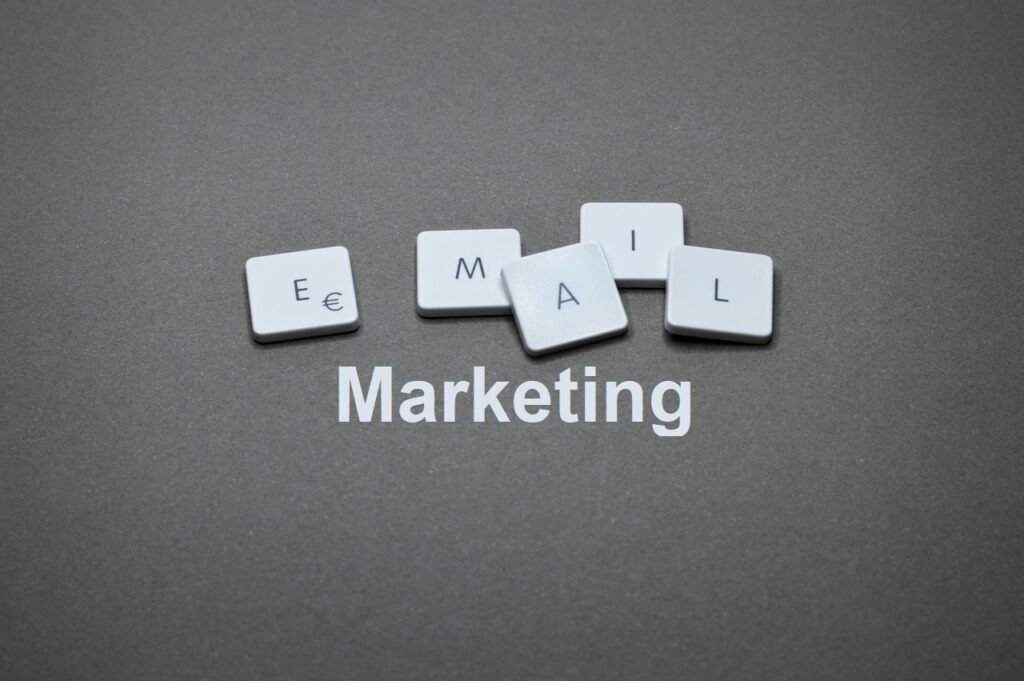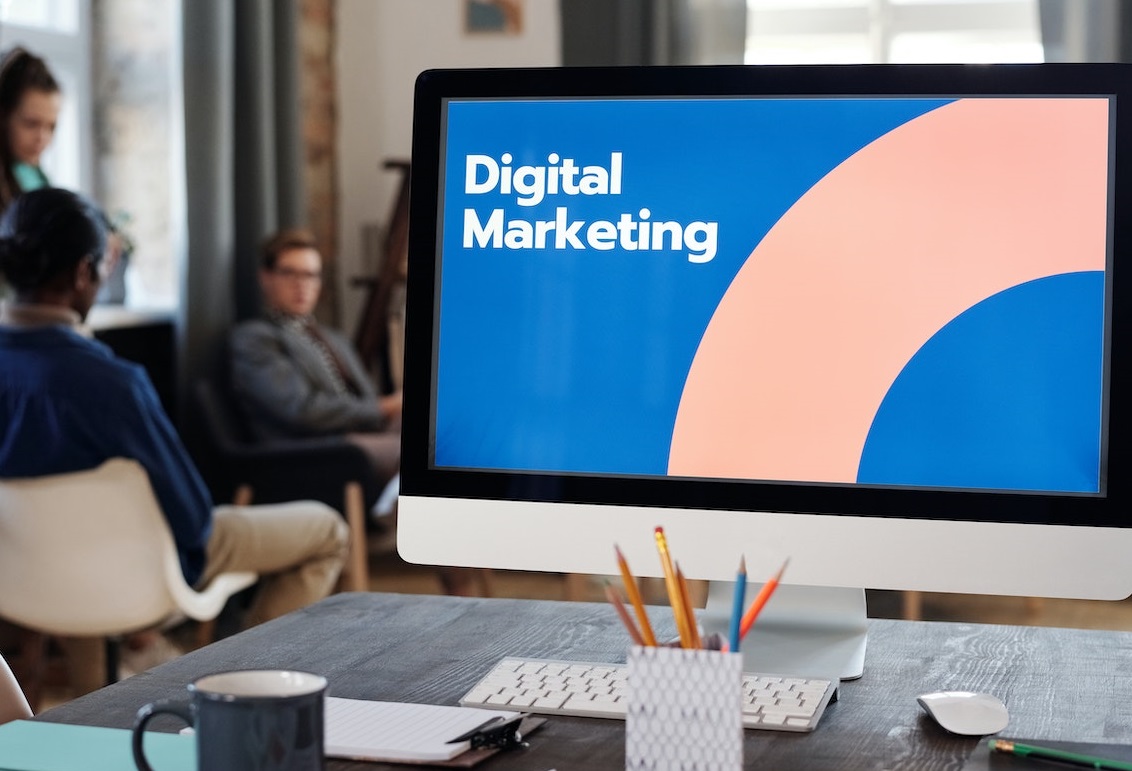Certainly, here is a comprehensive guide to successful digital marketing for your business.
Digital marketing is an essential part of any modern business strategy. With so many people using the internet to find products and services, having a strong online presence can help your business reach new customers, build brand awareness, and increase revenue.
But with so many digital marketing options available, it can be challenging to know where to start. In this guide, we’ll cover the essential elements of a successful digital marketing strategy and provide tips and best practices to help you get started.

Define Your Target Audience
The first step in any successful digital marketing campaign is to define your target audience. Understanding your audience’s demographics, interests, and behaviors can help you create targeted content and marketing campaigns that resonate with them.
To define your target audience, start by creating buyer personas. A buyer persona is a detailed description of your ideal customer. It includes demographic information such as age, gender, income, and education, as well as psychographic information such as interests, values, and behaviors.
Creating buyer personas can be as simple as conducting surveys or interviews with your existing customers. You can also use data from social media platforms and web analytics tools to learn more about your audience.
Once you have created your buyer personas, use them to guide your content and marketing strategy. For example, if your target audience is primarily middle-aged women interested in health and wellness, you might create content about healthy eating, fitness, and self-care.
Set SMART Goals
Once you have defined your target audience, the next step is to set goals for your digital marketing campaign. Setting SMART goals can help you stay focused and track your progress.
SMART goals are Specific, Measurable, Achievable, Relevant, and Time-bound. Here’s an example of a SMART goal:
Increase website traffic by 20% in the next six months by publishing one blog post per week and promoting it on social media.
This goal is Specific (increase website traffic), Measurable (by 20%), Achievable (by publishing one blog post per week and promoting it on social media), Relevant (to the business’s overall objectives), and Time-bound (in the next six months).
Develop a Content Strategy
Creating valuable and engaging content is a critical component of any successful digital marketing campaign. Your content should be informative, entertaining, and aligned with your target audience’s needs and interests.
To develop a content strategy, start by identifying your content goals. Do you want to increase website traffic, generate leads, or build brand awareness? Once you have established your goals, you can create a content plan that aligns with them.
Your content plan should include the types of content you will create (such as blog posts, videos, infographics, or social media posts), the frequency of content creation, and the channels you will use to distribute your content.
When creating content, make sure it is optimized for search engines. Use keywords and meta descriptions to improve your website’s visibility and ranking in search results. You can use tools like Google Keyword Planner or SEMrush to find relevant keywords for your content.
Optimize Your Website for Search Engines
In addition to optimizing your content, it’s essential to optimize your website for search engines. This process is known as search engine optimization (SEO) and involves making your website more visible and accessible to search engines like Google and Bing.
There are many factors that influence your website’s SEO, including:
- Website structure and navigation: A well-organized website structure makes it easier for search engines to crawl and index your content.
- Content quality and relevance: High-quality content that is relevant to your target audience can improve your website’s ranking in search results.
- Page load speed: A slow-loading website can hurt your SEO and user experience.
- Mobile-friendliness: With the increasing use of mobile devices, it’s crucial to ensure that your website is mobile-friendly and can be easily accessed on smartphones and tablets.
To optimize your website for search engines, you can start by conducting a website audit. This involves analyzing your website’s structure, content, and technical aspects to identify areas for improvement.
You can use tools like Google Analytics, Google Search Console, and SEMrush to analyze your website’s performance and identify keywords that are relevant to your business.
Once you have identified areas for improvement, you can implement on-page SEO tactics like optimizing your title tags and meta descriptions, including keywords in your content, and improving your website’s load speed.
Off-page SEO tactics like building backlinks and creating social media profiles can also help improve your website’s SEO.
Leverage Social Media
Social media platforms like Facebook, Twitter, LinkedIn, and Instagram can be powerful tools for reaching your target audience and building brand awareness.
To leverage social media for your business, start by identifying the platforms where your target audience is most active. For example, if your target audience is primarily young adults, you might focus on Instagram and TikTok.
Once you have identified the platforms to focus on, create a social media plan that includes the types of content you will post, the frequency of posting, and the channels you will use to promote your content.
When creating social media content, make sure it is aligned with your brand’s voice and values. Use visuals like images and videos to make your content more engaging, and include calls-to-action to encourage engagement and interaction.
You can also use social media advertising to reach a wider audience. Platforms like Facebook and LinkedIn allow you to create targeted ads based on demographics, interests, and behaviors.
Use Email Marketing

Email marketing is a powerful tool for building relationships with your audience and promoting your products and services.
To use email marketing effectively, start by building a mailing list of interested prospects and customers. You can do this by offering lead magnets like free e-books, webinars, or discounts in exchange for email addresses.
Once you have a mailing list, create email campaigns that inform, educate, and promote your products and services. Use a personalized tone and language that is aligned with your brand’s voice and values, and include clear calls-to-action that encourage recipients to take action.
You can also use email marketing automation to send targeted messages to specific segments of your audience based on their interests and behaviors.
Invest in Pay-per-Click Advertising
Pay-per-click (PPC) advertising allows you to reach your target audience through platforms like Google Ads and Facebook Ads.
With PPC advertising, you only pay when someone clicks on your ad, making it a cost-effective way to drive traffic to your website and generate leads and sales.
To use PPC advertising effectively, start by identifying the keywords that are relevant to your business and your target audience. You can use tools like Google Keyword Planner and SEMrush to find relevant keywords and estimate their search volume and cost-per-click.
Once you have identified your keywords, create ads that are aligned with your brand’s voice and values and include clear calls-to-action that encourage clicks and conversions.
You can also use targeting options like demographics, interests, and behaviors to reach specific segments of your audience and improve your ad’s relevance.
Utilize Video Marketing
Videos are a powerful tool for capturing attention and conveying complex messages. They can be used to showcase your products and services, educate your audience, and build brand awareness.
To use video marketing effectively, start by identifying the types of videos that are relevant to your business and your target audience. For example, you might create explainer videos, product demos, or testimonials.
When creating videos, make sure they are aligned with your brand’s voice and values and are optimized for search engines. Use engaging visuals and clear, concise messaging to make your videos more effective.
You can use platforms like YouTube, Facebook, and Instagram to share your videos with your audience. You can also use video advertising on these platforms to reach a wider audience and promote your products and services.
Monitor and Measure Results
To ensure the success of your digital marketing efforts, it’s important to monitor and measure your results regularly.
You can use tools like Google Analytics, Google Search Console, and SEMrush to track metrics like website traffic, engagement, and conversions. This will help you identify areas for improvement and optimize your marketing campaigns for better results.
When monitoring your results, focus on the metrics that are most relevant to your business goals. For example, if your goal is to increase sales, focus on metrics like conversion rate, revenue, and return on investment.
Continuously Improve Your Strategy
Digital marketing is a constantly evolving field, so it’s important to continuously improve your strategy to stay ahead of the competition.
To improve your strategy, stay up-to-date with the latest trends and best practices in digital marketing. Attend industry events and conferences, read industry blogs and publications, and follow thought leaders in the field.
You can also learn from your competitors and other businesses in your industry. Identify what they are doing well and what they could improve, and use this information to inform your own marketing strategy.
Finally, be open to experimentation and testing. Try new tactics and channels to see what works best for your business and your audience, and use data to inform your decisions.
Conclusion
Successful digital marketing requires a comprehensive strategy that includes a range of tactics and channels. By leveraging search engine optimization, social media, email marketing, pay-per-click advertising, video marketing, and other tactics, you can reach your target audience, build brand awareness, and generate leads and sales.
To succeed in digital marketing, it’s important to continually monitor and measure your results, and to be open to experimentation and improvement. By staying up-to-date with the latest trends and best practices, and by learning from your competitors and other businesses in your industry, you can create a successful digital marketing strategy that drives results for your business.


